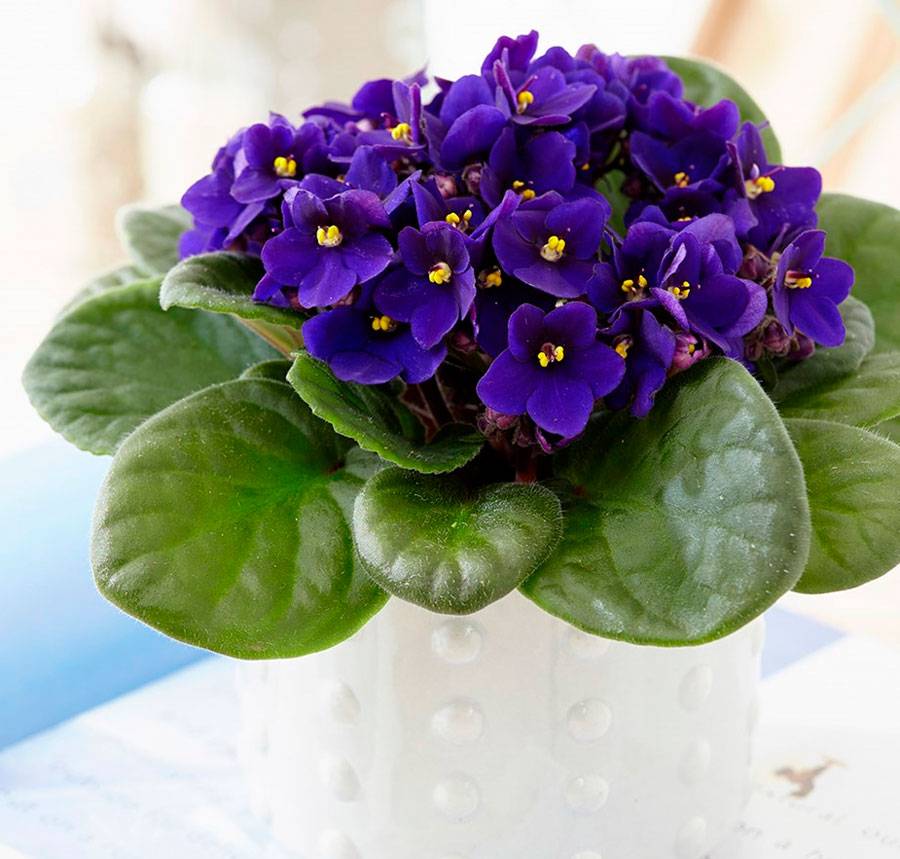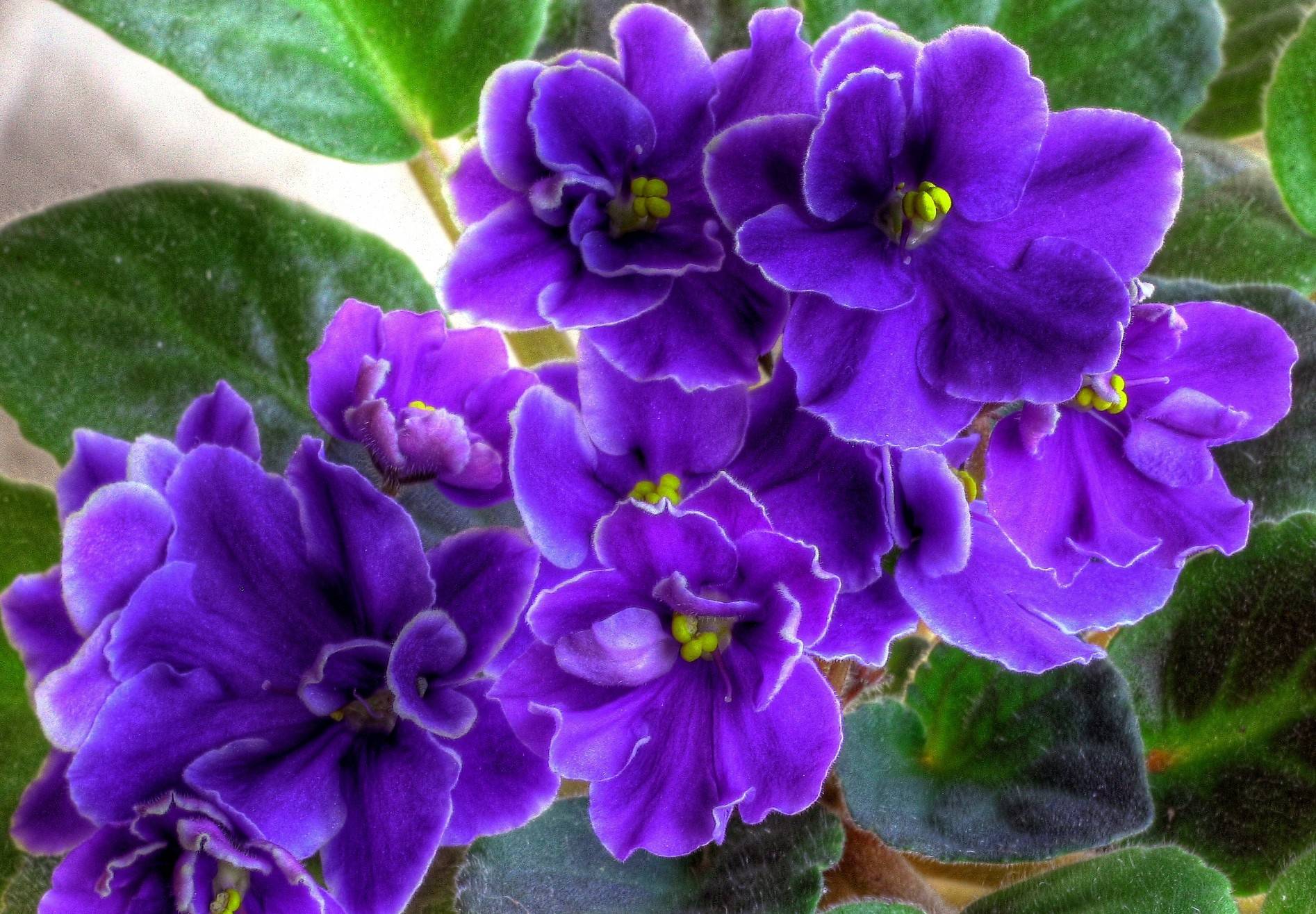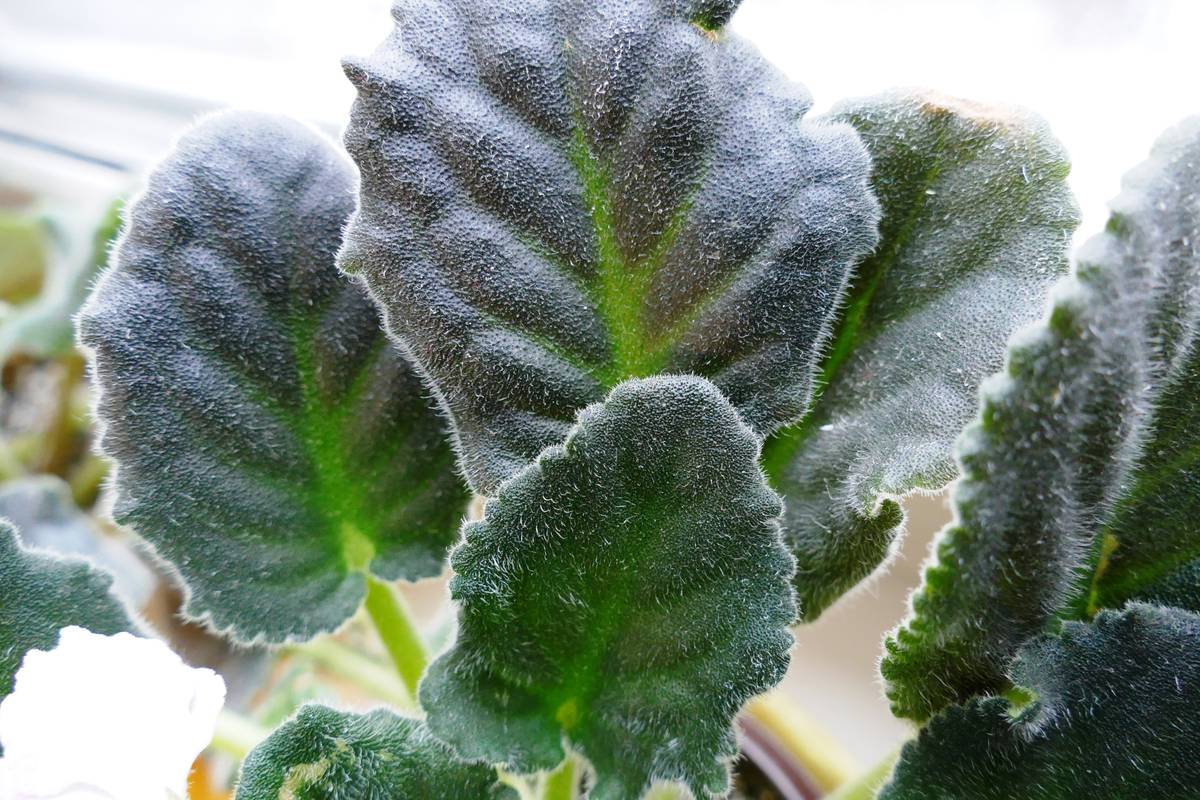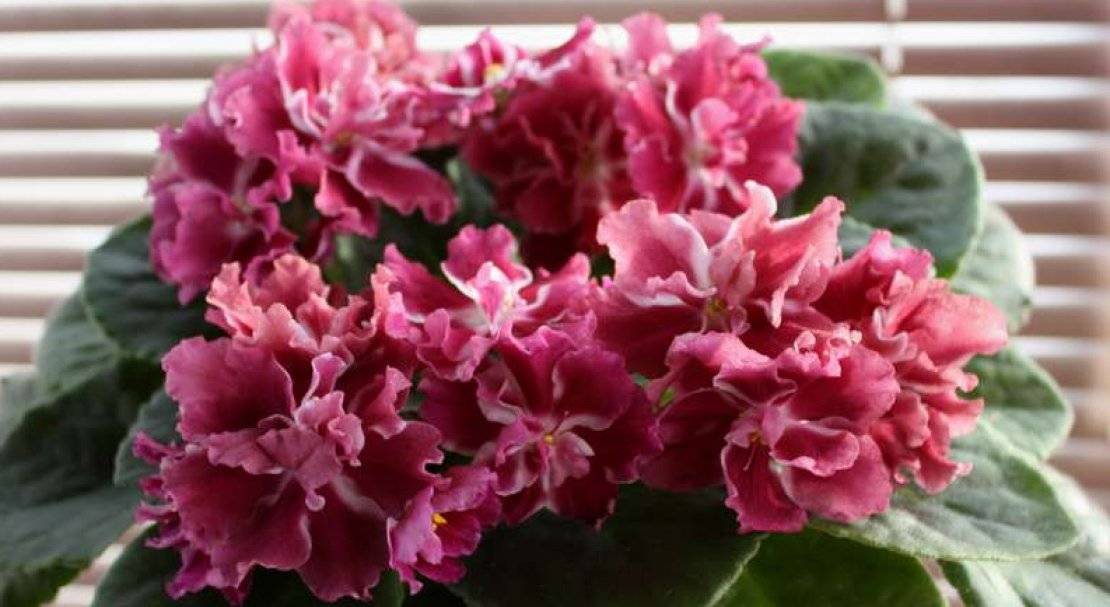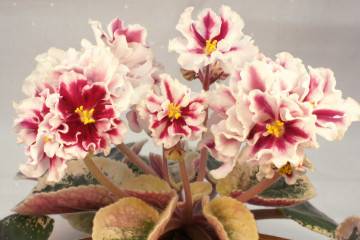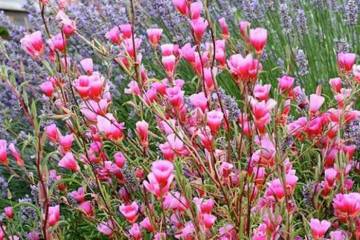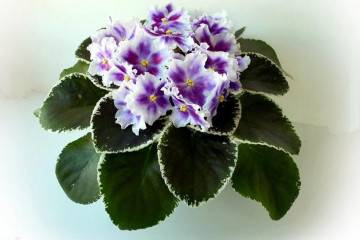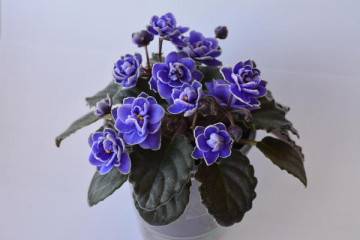What a violet looks like - a description of the plant
Content:
An incredibly beautiful plant is a violet, the description of which should begin with an attractive appearance that surprises with its color range, an interesting shape of leaves and flowers. The plant is perennial and small in size. The flower does not smell, but at the moment, work is underway to ensure that it acquires a good scent.
Description of the violet plant
Many are worried about the question, is a violet a houseplant or not? But there is no definite answer, since the plant can grow both indoors and outdoors. When growing an ornamental flowering plant indoors, it is very important to choose the right pot, because its root system quickly grows. Experts recommend buying a 9x9 cm pot. If it is large, the plant may not bloom at all, and in places where there are no roots, a fungus will develop.
When buying, very often the description of a flower does not indicate what type of pot should be, and this is a very important point. If it is plastic, then it is imperative to make several holes on the sides so that all excess liquid comes out of the container, and the roots are well ventilated. If a ceramic pot is used, then for better air exchange it should be without a top glazed coating.
What is a violet and how many varieties are there? A whole book is not enough to describe all of them. Each variety is beautiful and unique in its own way. Basically, the separation is carried out according to the type of flower. There are small - up to 2 cm in diameter, medium - from 2 to 4 cm and large - up to 6 cm. There are simple, double and semi-double inflorescences with a slight waviness.
An important role is played by such a characteristic of the violet plant as the shape of the flower:
- violet-star has petals of the same size;
- violet bell - narrow buds;
- violet-wasp - two fused petals on top.
Among the varieties there are decorative-leaved violets with original patterns: fringed, moire, monochromatic, tricolor.
Popular varieties of violets
Both an experienced florist and a beginner know what a violet is, so it can be found both in gardens and on the windowsills of apartments. There are three most popular types:
- Saintpaulia. It has flowers of different shades, about 5 cm in size and green leaves.
- Gronte. Differs in emerald-colored leaves and blue-purple buds. The bush is small in size and reaches a height of only 6 cm.
- Violet. The flowers are purple and the leaves are dark green.
What is another name for the violet
Another name for indoor violets is saintpaulia, but various species of this plant grow around the world. Therefore, it is worth figuring out what kind of violets are? Among the most famous are:
- Field, growing in the fields.
- Swamp - in the swamps.
- Amazing - in the forests and meadows.
- Fragrant - in gardens and parks. This is a rather rare plant.
Description of the marsh or coastal violet
The description of this flower should start with the fact that it is not a home resident. It can be found in swampy meadows and fields. It has interesting peduncles up to 15 cm long.Single flowers up to 2 cm in diameter, light purple or white, odorless.
The names of similar plants with which violets are often confused
There are many similar plants. This happens most often with:
- primrose. Perennial plant with lilac, pink and blue flowers;
- petunia. Shrub plant with flowers of different shades;
- deykun. Loves slightly shaded places, does not tolerate drafts, and the flowers are about 4 cm in size;
- streptocarpus. His flowers are like umbrellas, and the plant grows to a height of 30 cm;
- gloxinia. It has purple, white and red leaves that feel like velvet. Gloxinia is very similar to the leaves of a violet.
- viola garden. Requires careful maintenance. The plant does not tolerate the scorching sun, so it is planted in the shade. The bush has a height of no more than 30 cm.
What color are the leaves and stems
What are the leaves of a violet? They can be round or oval. The herbaceous stem of the plant, like the leaves, is green in color, but sometimes you can find leaves with a white border. Also, the leaves of home saintpaulia may differ in color from the front and back sides.
The violet is a stunning outdoor and indoor plant with flowers and leaves of various shapes, shades and sizes. In shape, the leaves can be in the form of hearts, wide and round, with or without jagged edges. As for the color of the leaves, they can be dark brown, olive brown, black-green, etc.
There is an opinion that by the leaves one can judge about some of the features of the plant, for example:
- if the leaves are dark in color, then the flowers will also be dark;
- if the leaves are openwork and slightly wavy, then the flowers will also be openwork along the edges;
- Plants with light leaves are more susceptible to sunburn than plants with dark petals.
Description of varieties of violets
Who is unfamiliar with the plant wonders what a violet looks like? Today there is no definite answer, since their diversity is striking. All of them differ not only in the shape of leaves and flowers, but also in color. It will not be possible to talk about all the grades and classes in detail, but some of them are worth talking about.
Variety Frosty cherry
It has cherry-colored flowers with a white fringe. With the development of the bush, the flowers acquire a darker shade, but if there is not enough sunlight indoors or outdoors, they will become lighter. The variety is thermophilic, but does not tolerate too high temperatures and high humidity.
Ice rose
A very beautiful flower and judging by its characteristics, it is great for planting on the street and on the windowsill. Several shades can be combined in one flower, for example, cherry and white, which makes it unique, and the additional fringe gives the plant even more expressiveness.
Chic poppy
If you look at the plant from the side, you get the impression that it is covered with ruffles. The buds are light crimson in color, but the foliage is incredible and it seems as if there is a smooth transition from dark green to light green.
Isadora variety
This variety is distinguished by its splendor. The flowers are covered with lilac spots, and along their edge there are velvet ruffles, which make the plant even more spectacular. Isadora is somewhat reminiscent of a peony, but many argue that she is much more beautiful than them.
Lituanica
Looking at her, it's hard to say that it is a violet. With its inflorescence, it rather resembles a dahlia, a rose hip or a tea rose.
Rosemary
Among other types of indoor violets, this variety is distinguished by its semi-velvet petals with purple patterns. The flowers are splendid with wavy edges. During its flowering, the bush throws out about 6 inflorescences.
Magent
Fascinates with its brightness and dark burgundy flowers. This look is completed with dark green petals, which look simply luxurious.
Gray ocean
This is a kind of chameleon. With each of its blooms, it is able to change shades of colors, ranging from white to blue.
Darling
The plant is distinguished by long flowering. The flower petals are light pink, but can be white or milky peach. There can be a large number of them on one bush. It is also important to provide the plant with sufficient light and moderate moisture.
The land of crimson clouds
The appearance of the buds is fully consistent with its name. The flowers are crimson, and the middle is yellow. All this splendor is complemented by bright green foliage.
Violets are flowers of magical beauty, but growing many varieties at home is not difficult. Even a novice florist will be able to replenish his collection with this wonderful plant that does not lose its attractiveness all year round.
